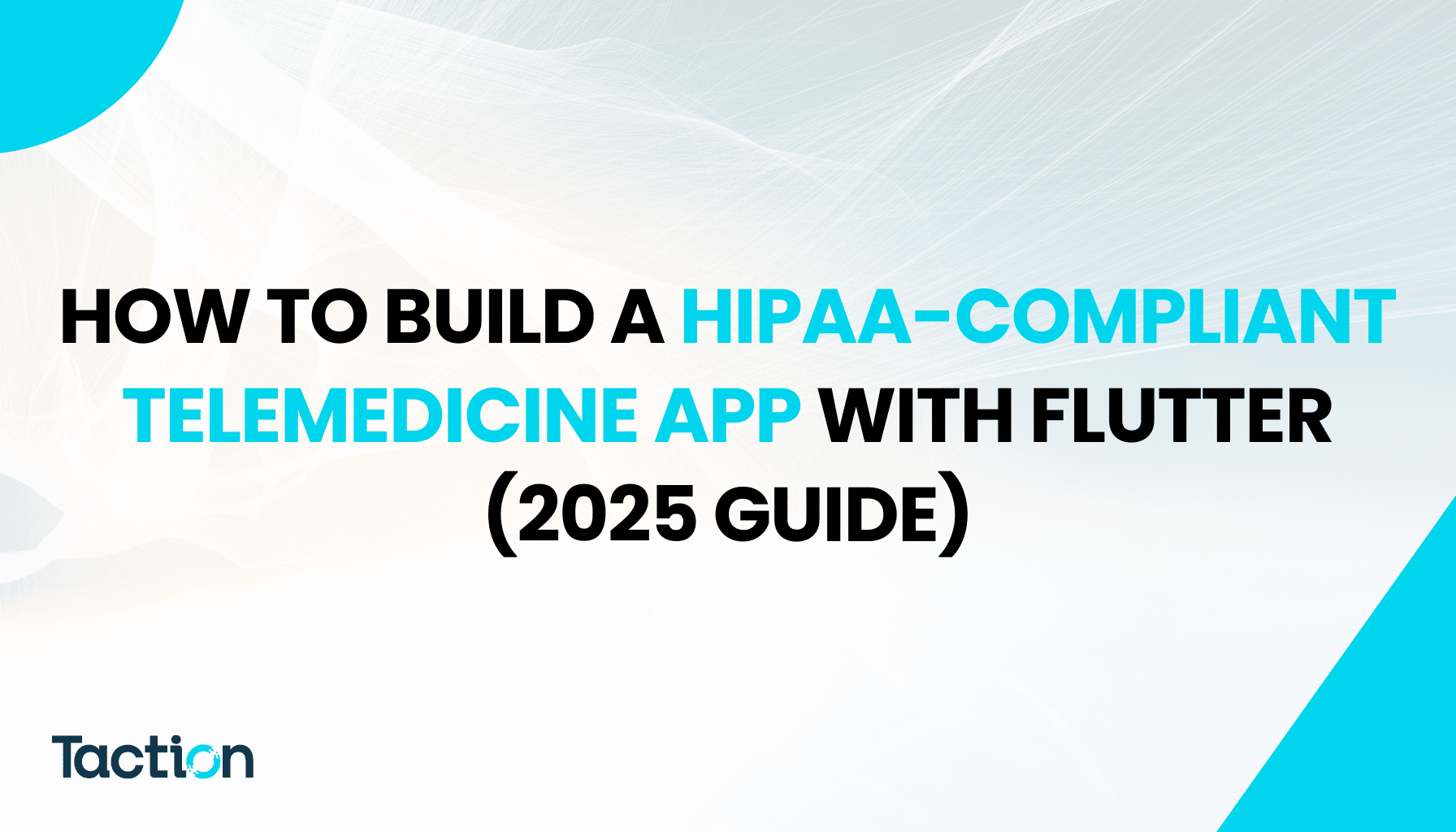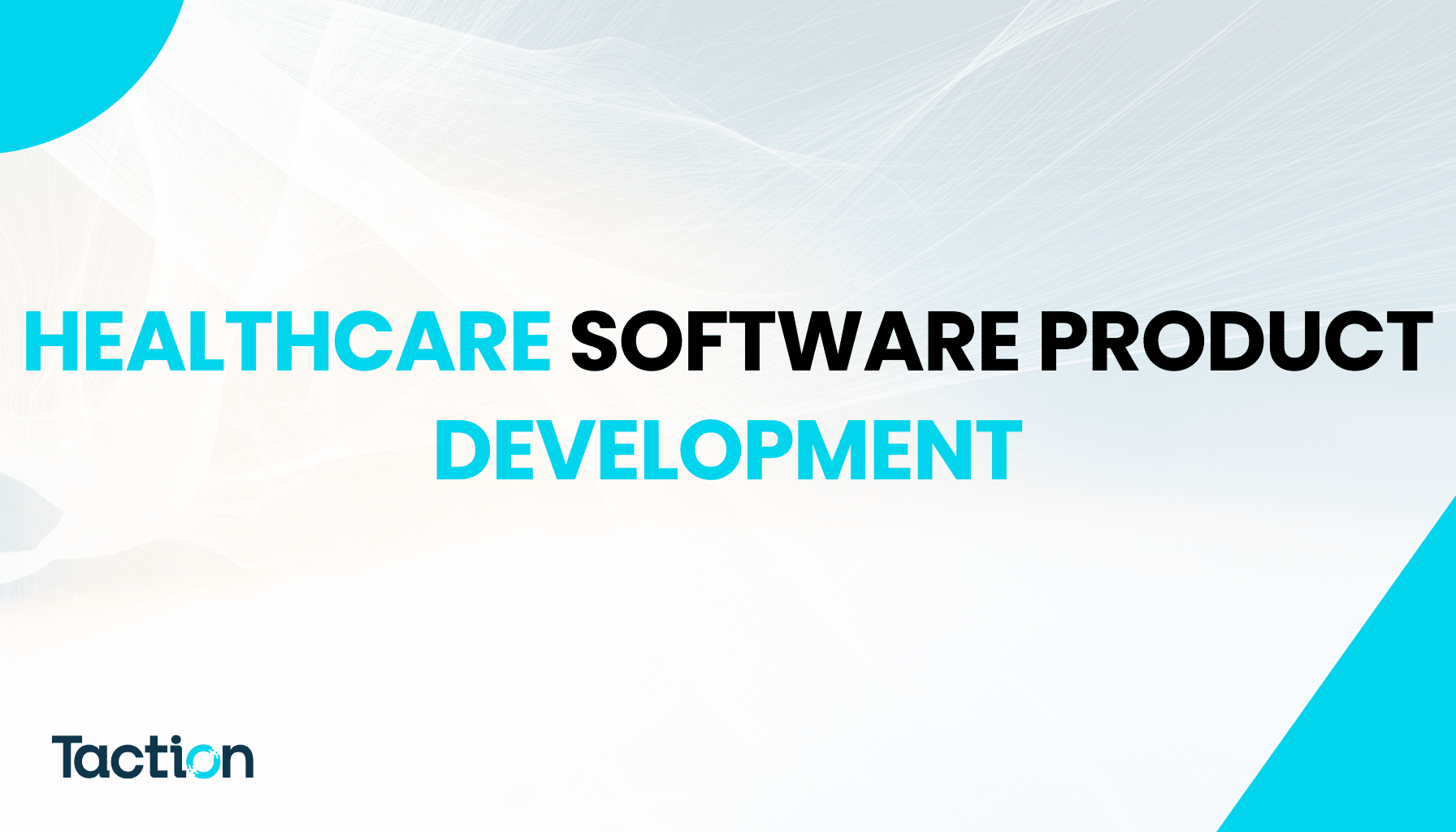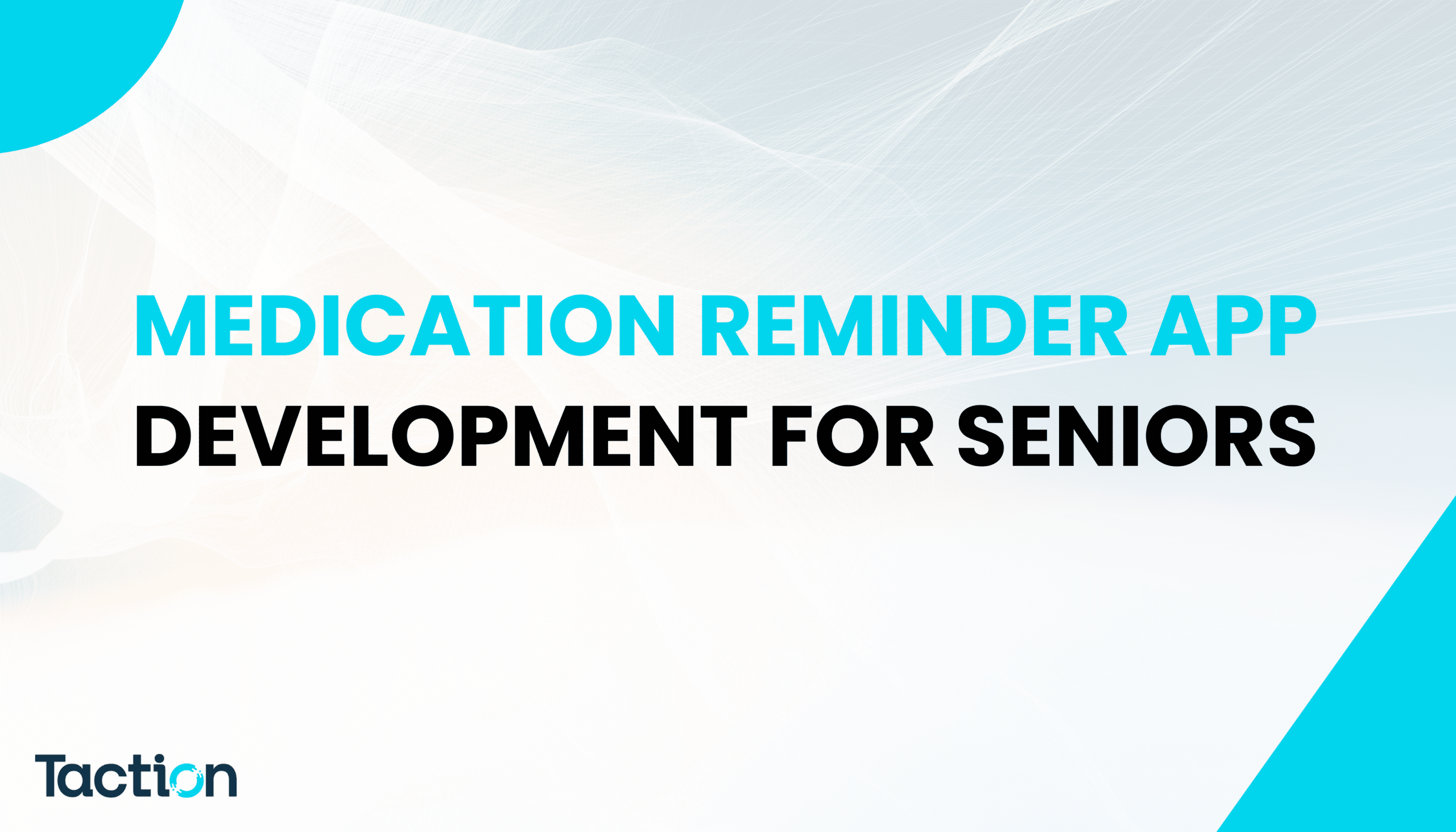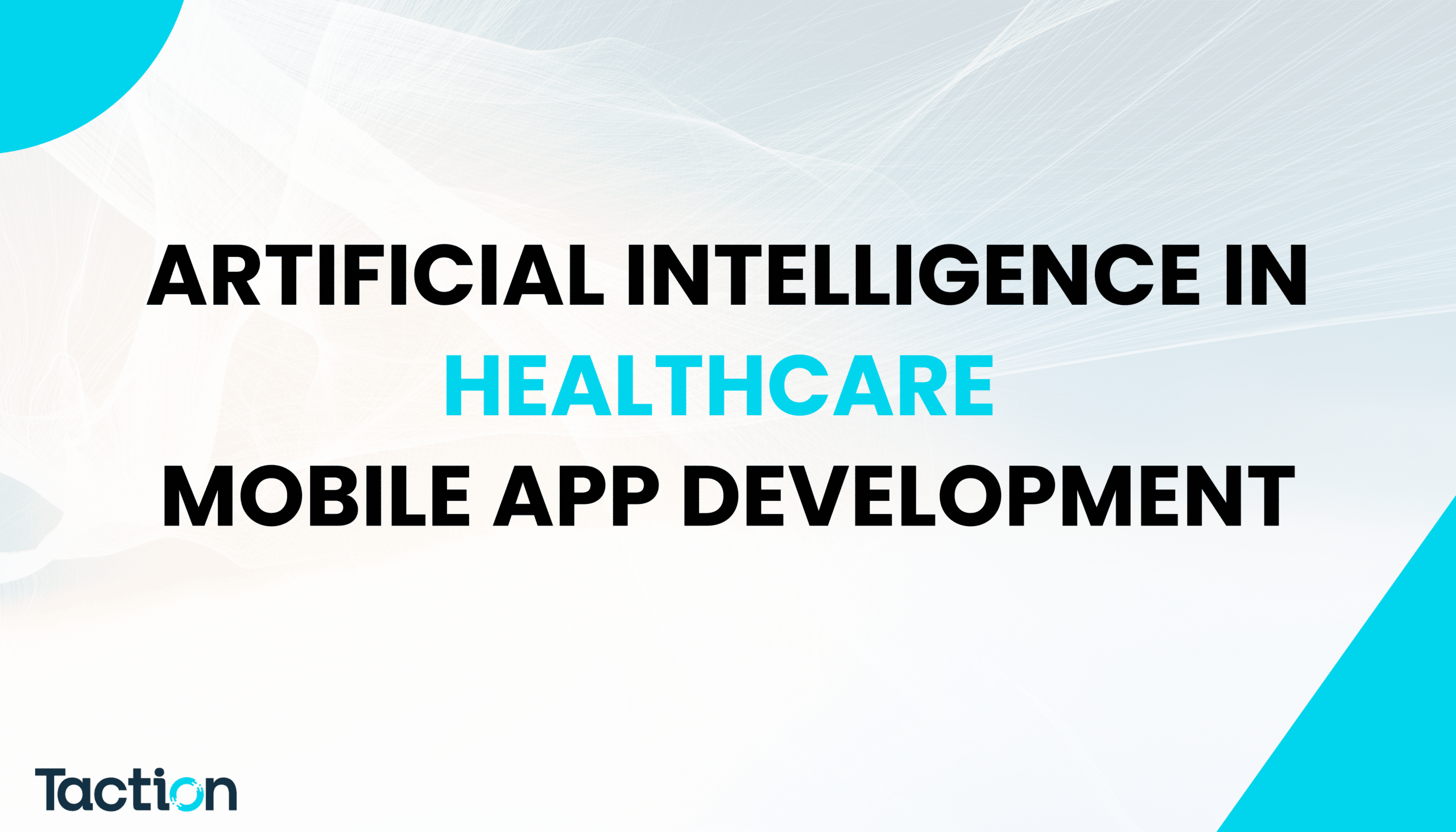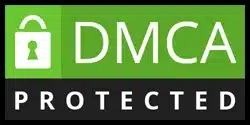Trusted by U.S. hospitals and healthtech startups, Taction Software brings 20+ years of healthcare IT experience to help developers build secure, scalable, HIPAA-compliant telemedicine apps with Flutter.
What Is a HIPAA-Compliant Telemedicine App?
A HIPAA-compliant telemedicine app is a digital platform that enables secure, remote healthcare consultations while fully adhering to the U.S. Health Insurance Portability and Accountability Act (HIPAA). These apps must protect ePHI (electronic protected health information) through encryption, access controls, audit logs, and secure data storage—especially when handling video calls, messages, prescriptions, and medical reports.
Why Build with Flutter?
Flutter, Google’s open-source UI toolkit, allows developers to create high-performance apps across iOS, Android, and the web from a single codebase. It’s ideal for telemedicine because:
- It accelerates development timelines.
- Offers native performance for video/audio features.
- Supports custom security integrations.
- Enables real-time UI updates for chats, prescriptions, and appointments.
Also Read: How to Build Secure Healthcare Apps That Pass HIPAA Audits
Build Secure Telemedicine Apps with Experts
Let’s turn your idea into a HIPAA-compliant Flutter app—built for U.S. healthcare.
Step-by-Step Guide to Building a HIPAA-Compliant Telemedicine App with Flutter
Step 1: Understand HIPAA Compliance Requirements
Before writing a single line of code, familiarize yourself with key HIPAA requirements:
- Privacy Rule: Restricts access to personal health data.
- Security Rule: Requires administrative, physical, and technical safeguards.
- Breach Notification Rule: Obligates breach reporting protocols.
Key Considerations:
- Use end-to-end encryption (TLS 1.3+, AES-256).
- Implement secure login, session timeout, and role-based access.
- Log all data access and changes (audit trails).
- Ensure BAA (Business Associate Agreements) with any third-party vendors (e.g., video APIs, cloud services).
Step 2: Plan the App Architecture
Design with security and scalability in mind.
- Backend: Node.js, Firebase, or a custom backend with secure APIs.
- Database: HIPAA-compliant cloud storage like Google Cloud or AWS with encryption at rest.
- Frontend: Flutter UI communicating securely with backend services via HTTPS.
- Video Integration: Use HIPAA-compliant video SDKs like Vonage, Zoom for Healthcare, or WebRTC with a compliance wrapper.
Key Data Flows to Map:
- Patient registration → Provider verification
- Video consultation setup → Data encryption in transit
- Medical note storage → Audit trail generation
Step 3: Build Secure User Authentication
Implement:
- Multi-Factor Authentication (MFA)
- OAuth 2.0 / OpenID Connect
- Role-Based Access Control (RBAC) for providers, patients, and admin users
Use packages like firebase_auth, flutter_secure_storage, and platform-specific biometric authentication.
Step 4: Implement Encrypted Video & Messaging
- Use HIPAA-ready SDKs or encrypt WebRTC manually.
- For messaging, implement AES-256 encrypted data at rest and TLS for data in transit.
- Consider integrating FHIR-based messaging for clinical data exchange.
Step 5: Design an Intuitive, Accessible UI/UX
Ensure WCAG compliance for accessibility. Key UI components:
- Appointment scheduling dashboard
- Video consultation screen with secure chat
- E-prescription interface
- EMR access (read-only for patients, editable for clinicians)
Flutter’s widget system allows modular, dynamic, and accessible designs.
Step 6: Store and Transmit Data Securely
- Use flutter_secure_storage for local data storage (e.g., tokens).
- Store PHI in HIPAA-compliant cloud services like AWS HealthLake or Google Cloud Healthcare API.
- Set up automated database backups and recovery policies.
Avoid local device storage for any PHI.
Step 7: Add Audit Logging and Access Monitoring
- Implement audit trails for every access, view, edit, and delete action.
- Tools: Use backend loggers or services like Loggly, AWS CloudTrail.
- Allow compliance officers to export access logs for audits.
Step 8: Integrate EHR and FHIR APIs
Ensure interoperability by integrating with:
- HL7 FHIR APIs (SMART on FHIR, Apple Health)
- EHR systems like Epic, Cerner, Allscripts using secure APIs
Flutter apps can call these REST APIs using packages like http, dio, or graphql_flutter.
Step 9: Conduct Security Testing and Risk Assessments
Run:
- Penetration testing
- Static/dynamic code analysis
- Third-party dependency checks
- HIPAA-specific risk assessment checklists
Use OWASP Mobile App Security Checklist and NIST Cybersecurity Framework.
Step 10: Prepare for HIPAA Audit & Documentation
- Maintain documentation for all security implementations.
- Prepare data flow diagrams, risk assessments, access control policies.
- Ensure BAA copies are available for all integrated vendors.
Also Read: Top HIPAA-Compliant App Features Hospitals Need in 2025
Ready to Launch Faster with Confidence?
Taction Software brings 20+ years of healthcare IT to your project.
HIPAA-Compliant Telemedicine App: Feature Checklist
| Feature | Compliance Requirement |
|---|---|
| Multi-Factor Authentication | Security Rule |
| End-to-End Encryption | Security Rule |
| Session Timeout | Technical Safeguard |
| Audit Logging | Administrative Safeguard |
| Role-Based Access | Minimum Necessary Principle |
| Video Call Encryption | Data in Transit Requirement |
| Secure Cloud Storage | Data at Rest Requirement |
| Consent Management | Privacy Rule |
Who Should Use This Guide?
- U.S.-based Flutter developers
- Healthtech founders
- Hospital digital innovation teams
- Telemedicine app startups
- Custom healthcare software teams
Also Read: Building FHIR-Compliant Healthcare Applications for US Hospitals
Why Trust Taction Software?
With 20+ years of healthcare IT experience, we’ve built HIPAA-compliant solutions for telehealth, mental health, radiology, EHR integration, and digital therapeutics. Our U.S.-based team understands compliance, security, and clinical workflows inside out.
We don’t just build apps—we build secure, audit-ready platforms trusted by hospitals and digital health innovators nationwide.
Download the HIPAA App Compliance Checklist
A developer-ready PDF to help ensure your Flutter app meets HIPAA standards.
Final Thoughts: Building HIPAA-Compliant Telemedicine Apps That Last
Flutter’s flexibility, combined with a strong HIPAA compliance strategy, makes it possible to build future-ready telemedicine solutions. But security, documentation, and architectural decisions must be deliberate—HIPAA isn’t a checkbox. At Taction Software, we help turn compliance into a competitive advantage.
Also Read: HL7 ADT Message and Event Types
FAQs: HIPAA-Compliant Flutter Telemedicine Apps
Typically, 3–6 months for MVP. Add time for security audits, BAA partnerships, and HIPAA documentation.
Yes, when paired with secure backend services and proper storage/communication practices.
Zoom for Healthcare, Vonage Video API, and WebRTC with encryption are top choices.
Yes, only their healthcare-compliant tiers offer BAAs. Always confirm before deploying.
Absolutely. Use HL7 FHIR APIs to ensure compatibility with major systems like Epic or Cerner.

